A long time ago, me and my girlfriend (a percussionist) decided we want to build a vibraphone. The reason behind it is very simple: The cost of a complete instrument is prohibitive, and used vibraphones are seldom available - if ever. An instrument like that consists of a frame, aluminium bars or "keys" and pipes called resonators. Nothing that cannot be made out of wood, aluminium bars or pipes.
Then, by a blind stroke of luck, I found a set of vibraphone bars quite cheaply available on line. Two bars were missing, but I believed that while it might be too hard to make a full set, making just two might actually be possible.
After some research I found the main difficulty in making a bar is definitely its tuning. The reason is the process must be very accurate (definitely sub-1Hz) for the instrument to sound good. Another thing is the bars vibrate in multiple modes: the fundamental, lowest frequency mode determines the perceived pitch, and the higher modes are responsible for the overtones which shape the timbre of the sound. Vibe bars are commonly tuned in the fundamental and first two overtones. The bar has to be ground down in specific places to alter the frequencies of the modes. This topic has well been documented by the marimba builders, who shape the bars out of rosewood. A specific interval, or frequency ratio, between the modes has to be preserved for the piece of vibrating metal to sound like a vibraphone!
The first method of tuning is to do so by ear, comparing the sound from some software generator and from the bar itself. This had to be ruled out, as my ears can only detect a couple of cents of a difference - not really enough!
Another method is spectrum analysis. It might really work, but when it comes to sub-Hz intervals, analysing the spectrum in very narrow intervals requires a sound sample of significant length. This makes it impossible to view the readout instantly.
Yet another way would be measuring the frequency electronically. Still the basic drawback of spectrum analysis remains: To find a frequency to 0.1Hz you have to count the pulses for 10+ seconds. The bars do not resonate that long, especially in overtones.
Then I found out about strobe tuners. They are the titans of the tuner industry: There ain't a tuning job a strobe tuner cannot do. The response is real-time and the accuracy reaches below one-tenth of a cent. Also: They DO work in the presence of other noises. Invented around 1950 they haven't been outclassed by any modern method so far. Drawbacks? There's just one. PRICE. They are expensive, made by sigle company (Once Conn, now Peterson), eager to refresh its patents and capitalize on the same old idea over and over. So what is that million dollar idea? The principle resembles setting the ignition on older cars, or adjusting the speed of a turntable. Instead of measuring the tone, we generate it very precisely (simple in electronics world) and use it to spin a motor with a striped pattern. Then, a simple LED modulated by incoming sound of matching pitch should make a pattern appear still. Hey, it sounds like a project!
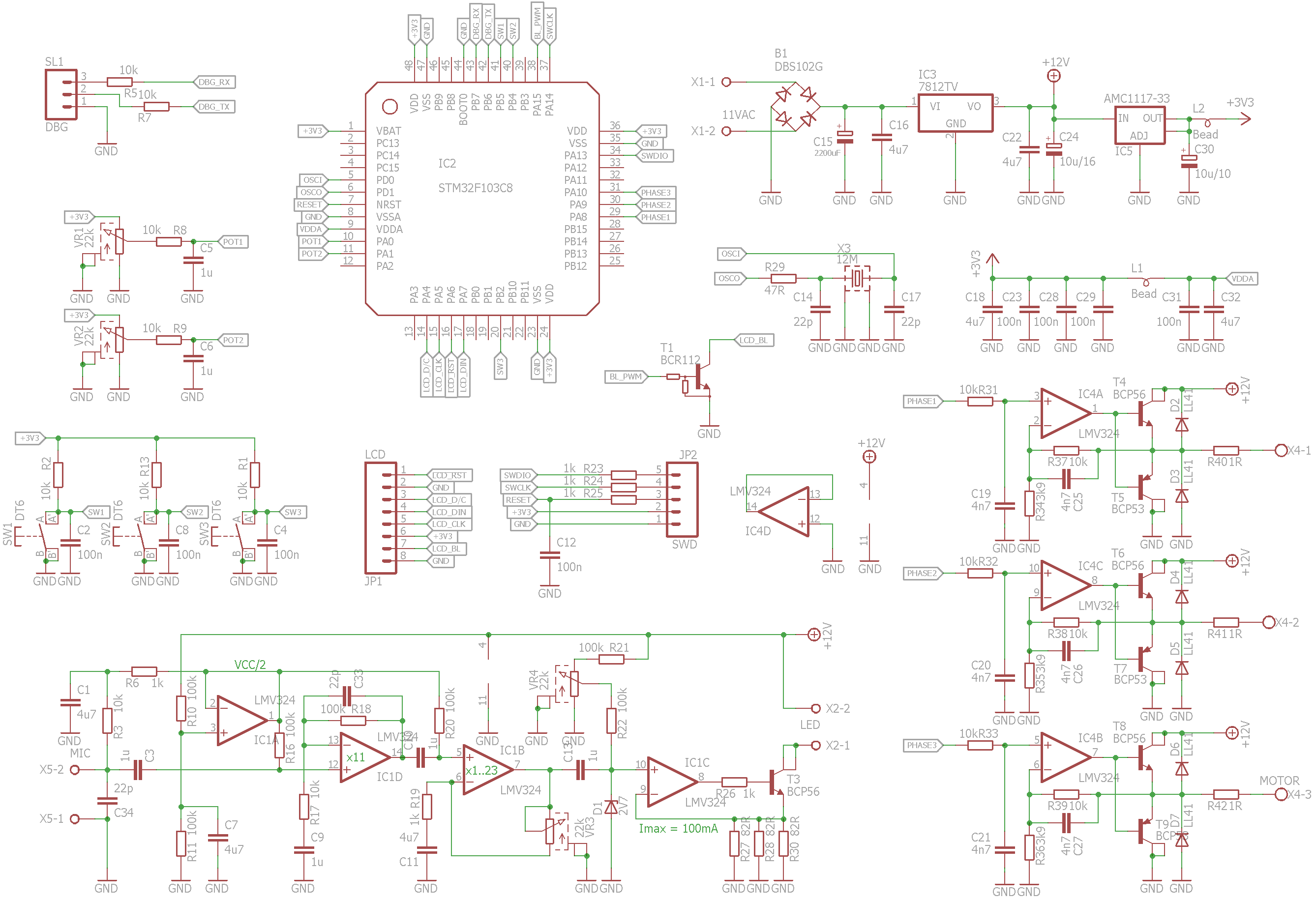
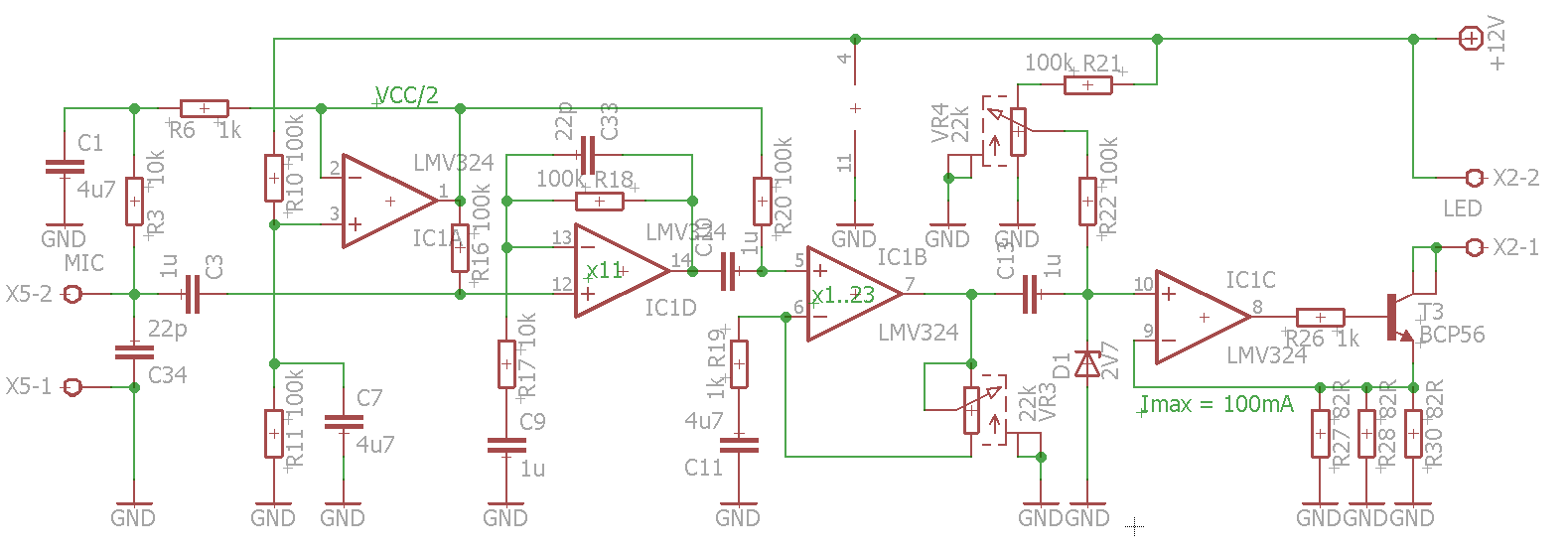
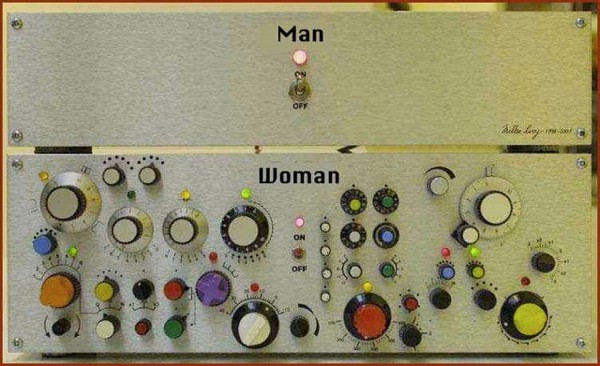
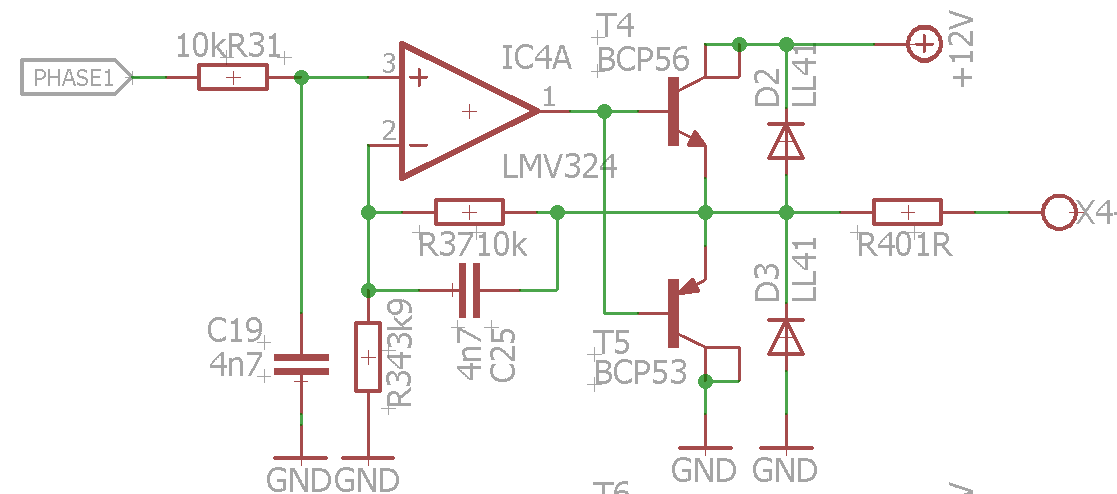
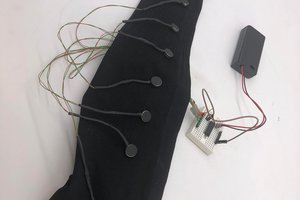
 Peter Walsh
Peter Walsh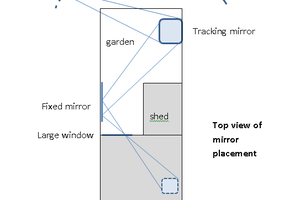
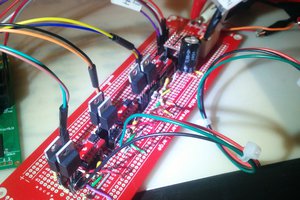
 ridonkulus
ridonkulus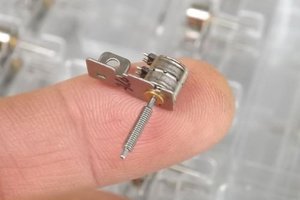
 Jonathan Beri
Jonathan Beri
Yes! Did you finish?